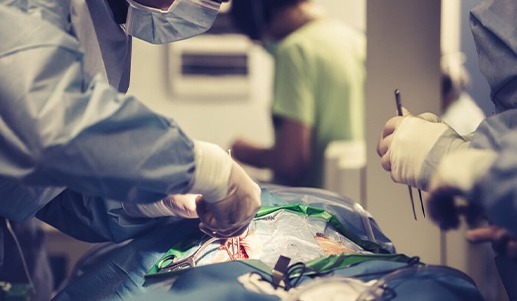
Angioplasty
A balloon-tipped catheter is used to open a narrowed or blocked blood vessel. The balloon is inflated to open the narrowing and improve blood flow pushing the plaque against the artery wall. The balloon is then removed and blood flows more easily through the artery. It may be done with vascular stenting, which is the placement of a small wire mesh tube within the blood vessel to help keep it open.
This procedure is much less invasive than other surgical interventions and usually does not require general anaesthesia.
You may need angioplasty if you have a blockage in your arteries resulting in discomfort in your chest, or if the blockage puts you at risk of a heart attack.
Some risks associated with a coronary angioplasty include:
- bleeding, clotting, or bruising at the point of insertion
- scar tissue or blood clots forming in the stent
- an irregular heartbeat, or arrhythmia
- damage to a blood vessel, heart valve, or artery
- a heart attack
- kidney damage, especially in people who have pre-existing kidney problems
- an infection
Many people go home the day after angioplasty, and are able to return to work within a week.